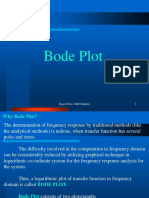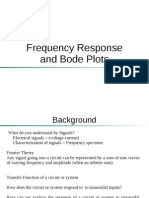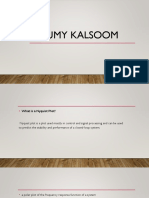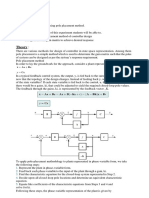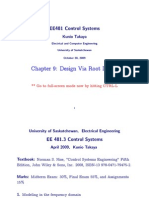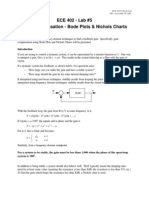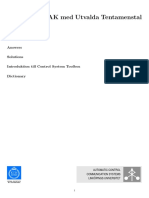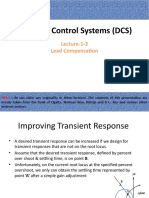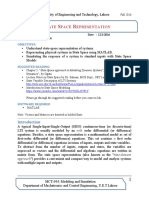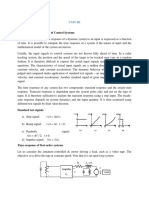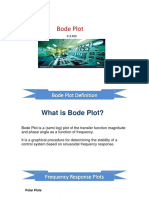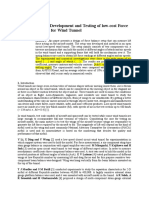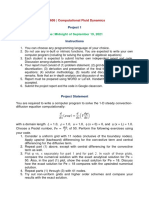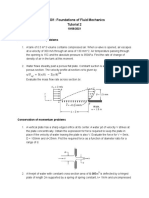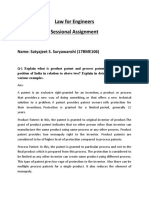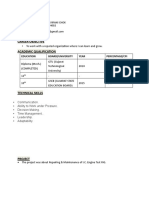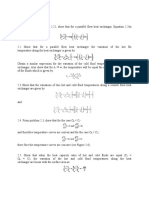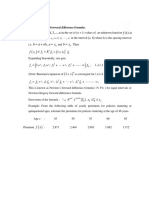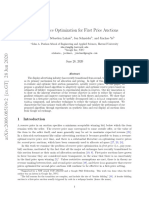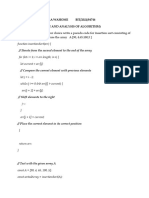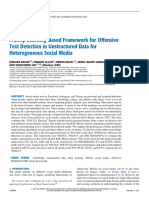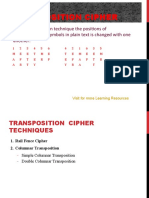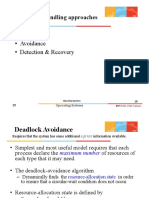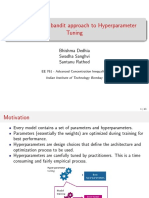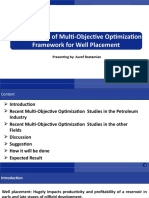0% found this document useful (0 votes)
299 views30 pagesBode Plot
This document discusses frequency response analysis and Bode plots. It provides the following key points:
1. Frequency response analysis involves plotting the magnitude and phase angle of a system's transfer function against frequency. This is commonly done using Bode plots.
2. Bode plots involve plotting the logarithm of magnitude versus the logarithm of frequency, and phase angle versus frequency. They are constructed by analyzing the gain, poles, and zeros of a system's transfer function.
3. Bode plots can be used to determine a system's stability by examining its gain and phase margins. Positive gain and phase margins indicate stability, while negative or zero margins indicate instability or marginal stability.
Uploaded by
Satya SuryaCopyright
© © All Rights Reserved
We take content rights seriously. If you suspect this is your content, claim it here.
Available Formats
Download as PPTX, PDF, TXT or read online on Scribd
0% found this document useful (0 votes)
299 views30 pagesBode Plot
This document discusses frequency response analysis and Bode plots. It provides the following key points:
1. Frequency response analysis involves plotting the magnitude and phase angle of a system's transfer function against frequency. This is commonly done using Bode plots.
2. Bode plots involve plotting the logarithm of magnitude versus the logarithm of frequency, and phase angle versus frequency. They are constructed by analyzing the gain, poles, and zeros of a system's transfer function.
3. Bode plots can be used to determine a system's stability by examining its gain and phase margins. Positive gain and phase margins indicate stability, while negative or zero margins indicate instability or marginal stability.
Uploaded by
Satya SuryaCopyright
© © All Rights Reserved
We take content rights seriously. If you suspect this is your content, claim it here.
Available Formats
Download as PPTX, PDF, TXT or read online on Scribd
/ 30




